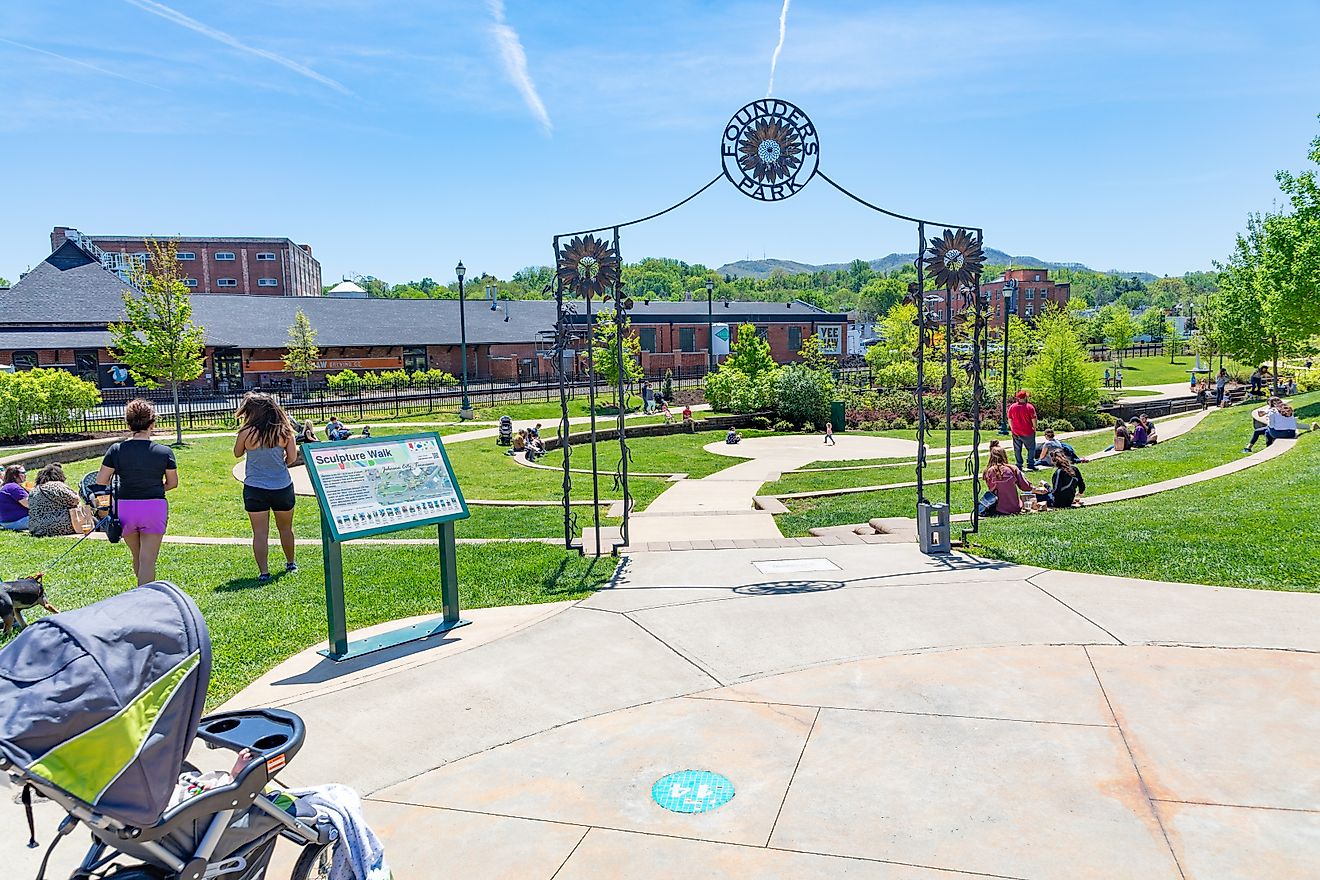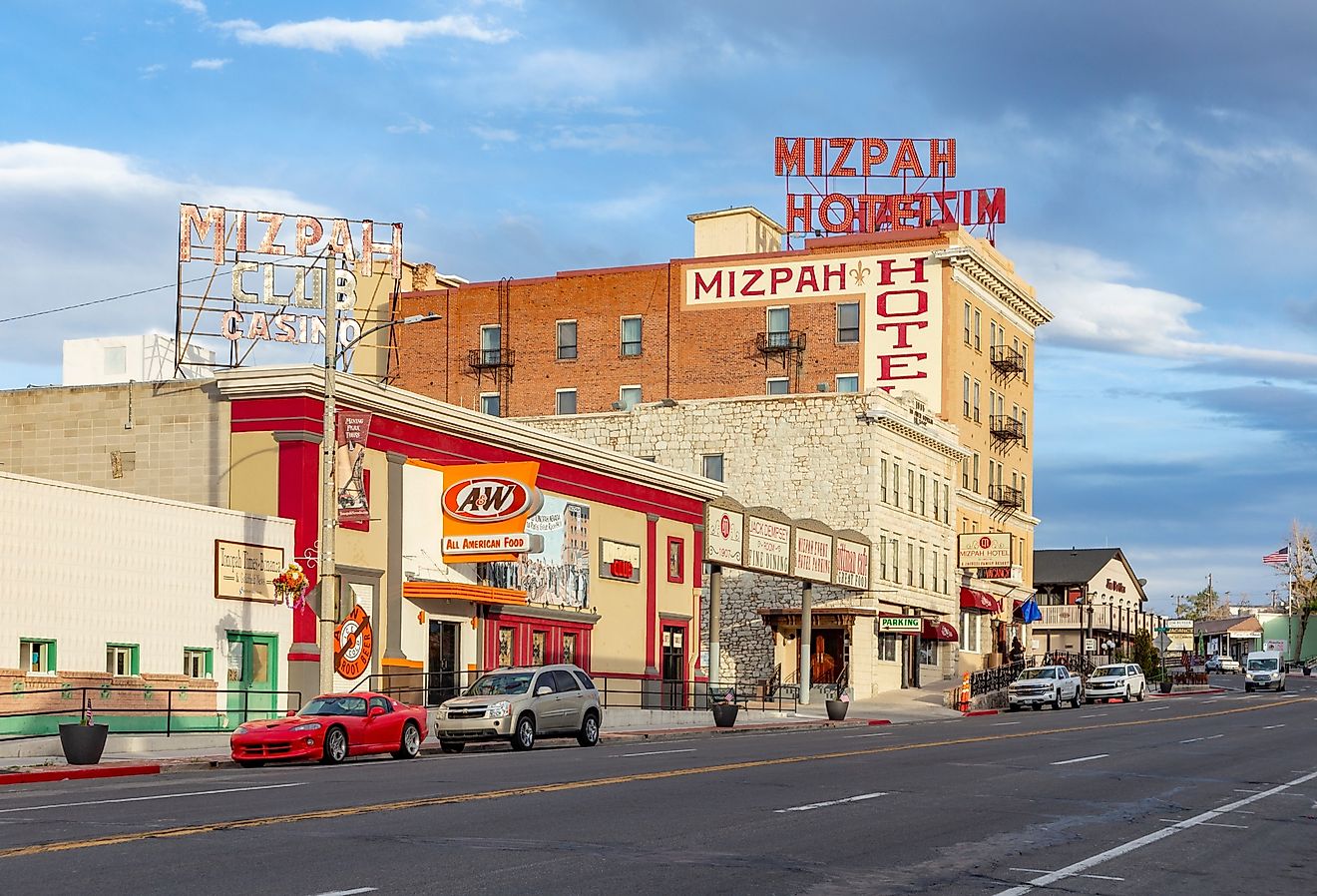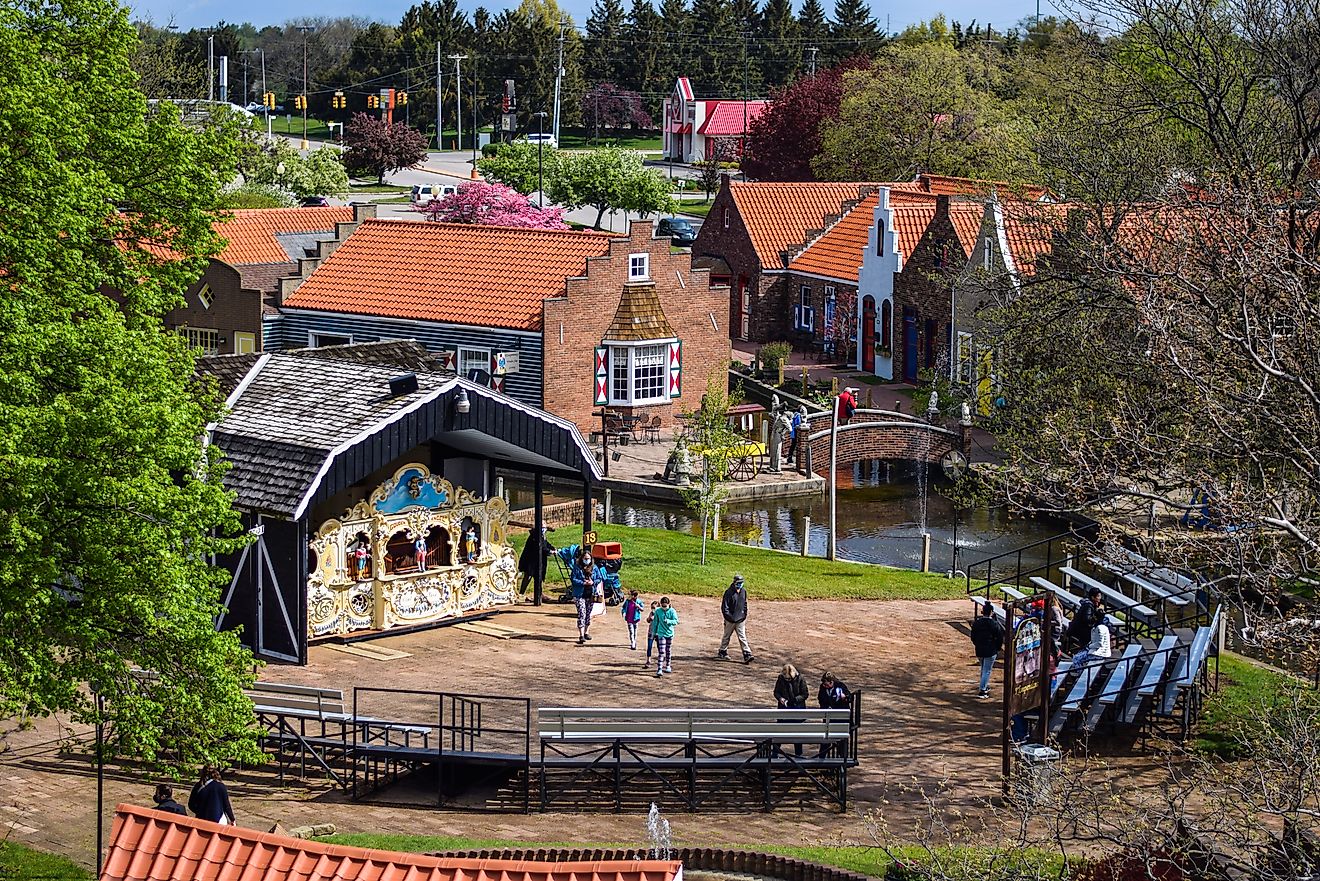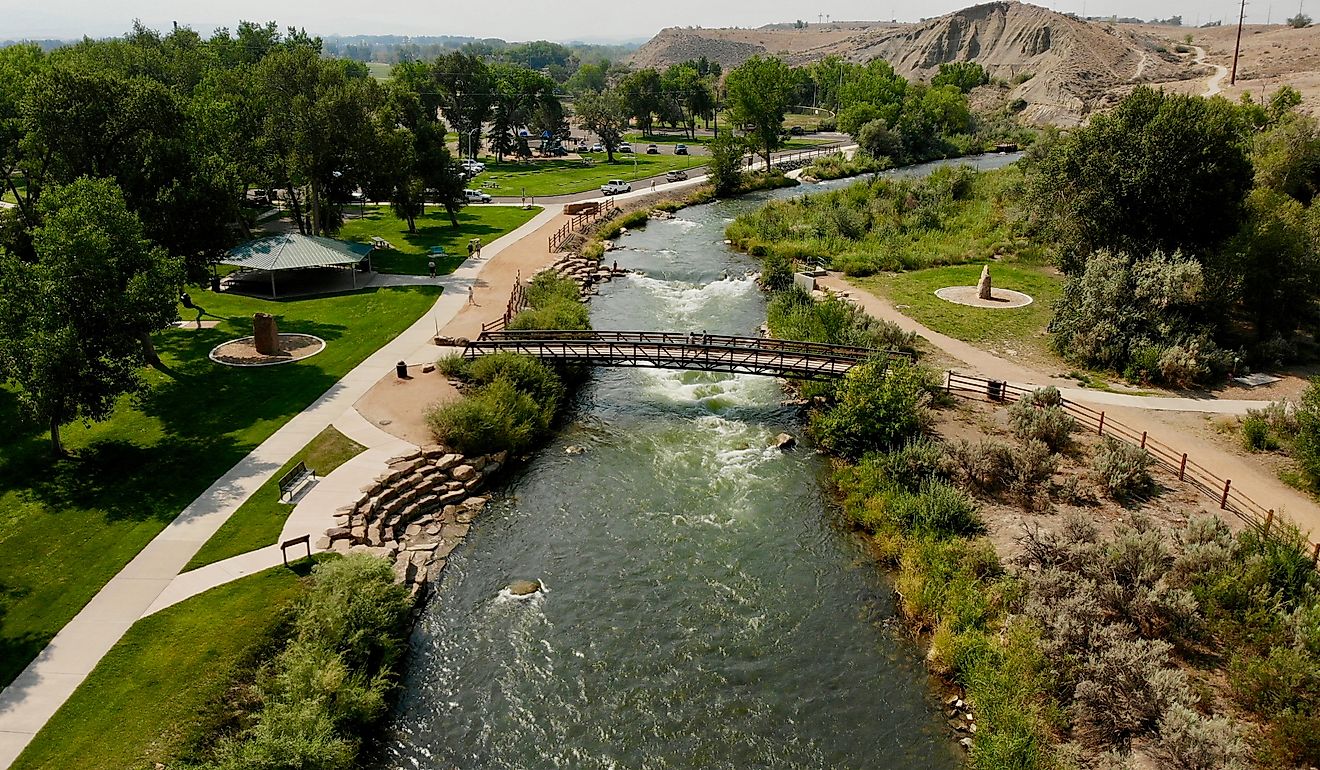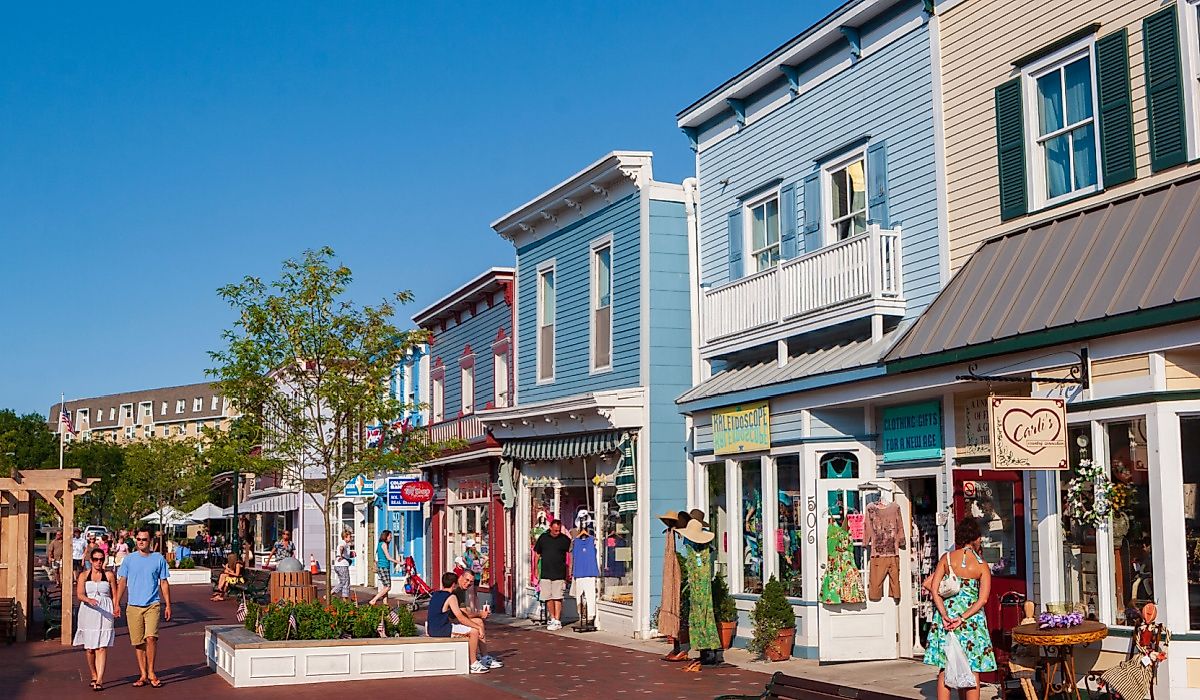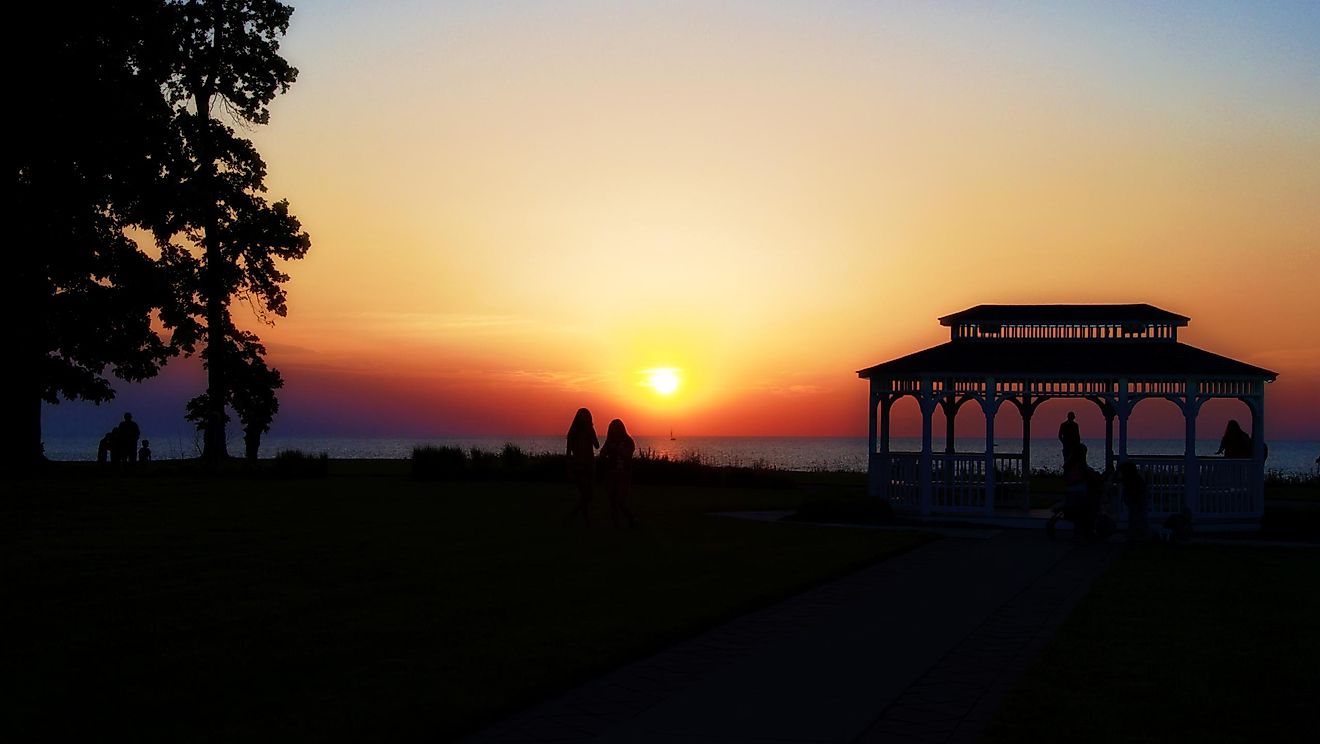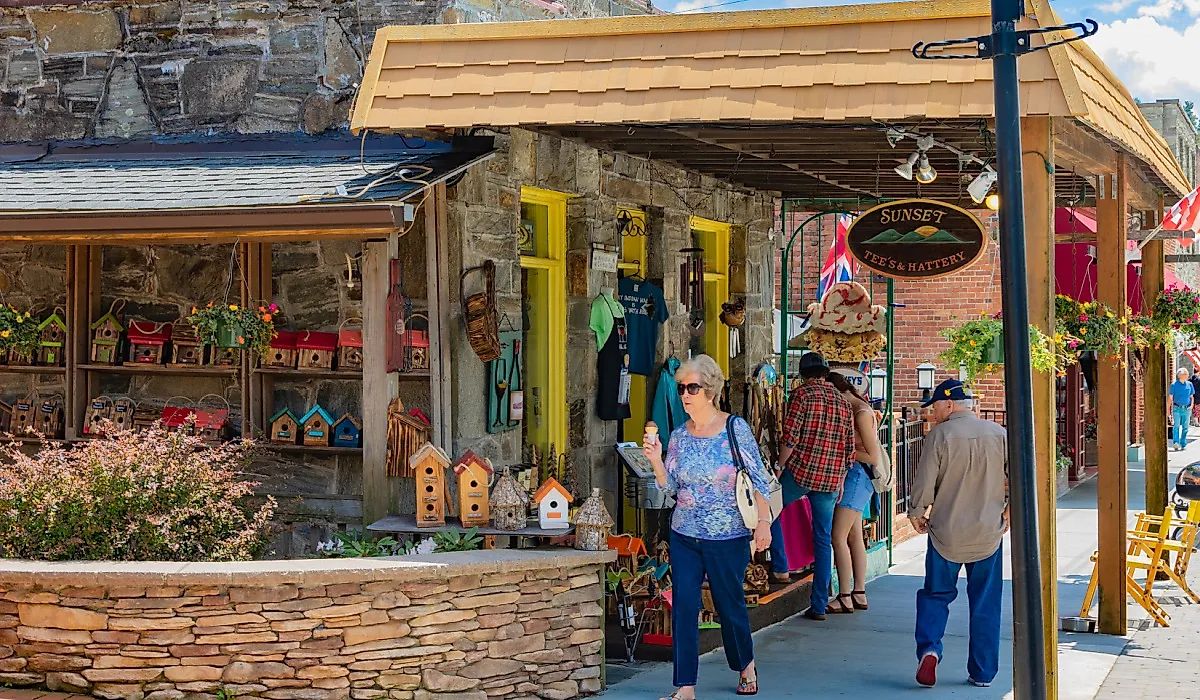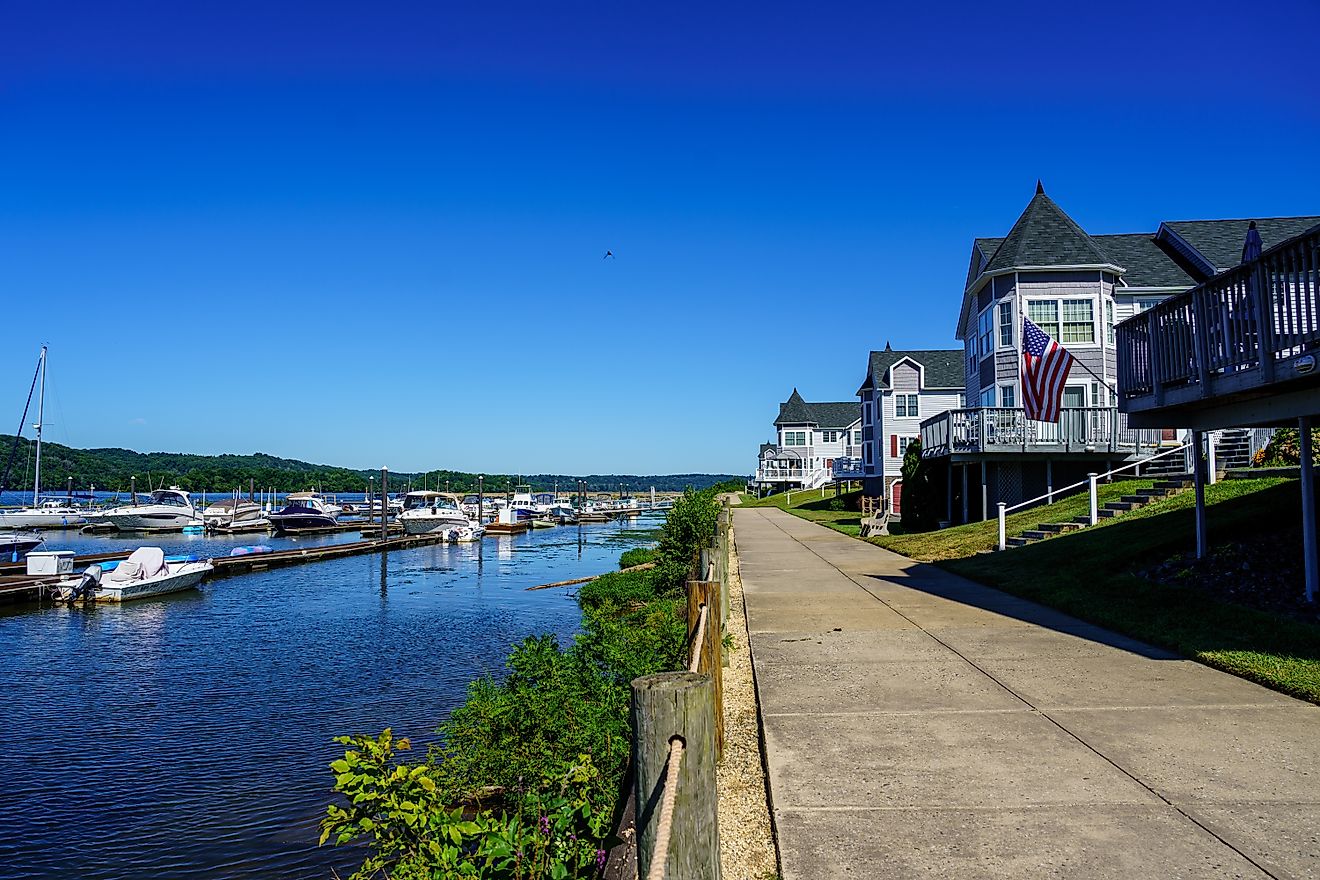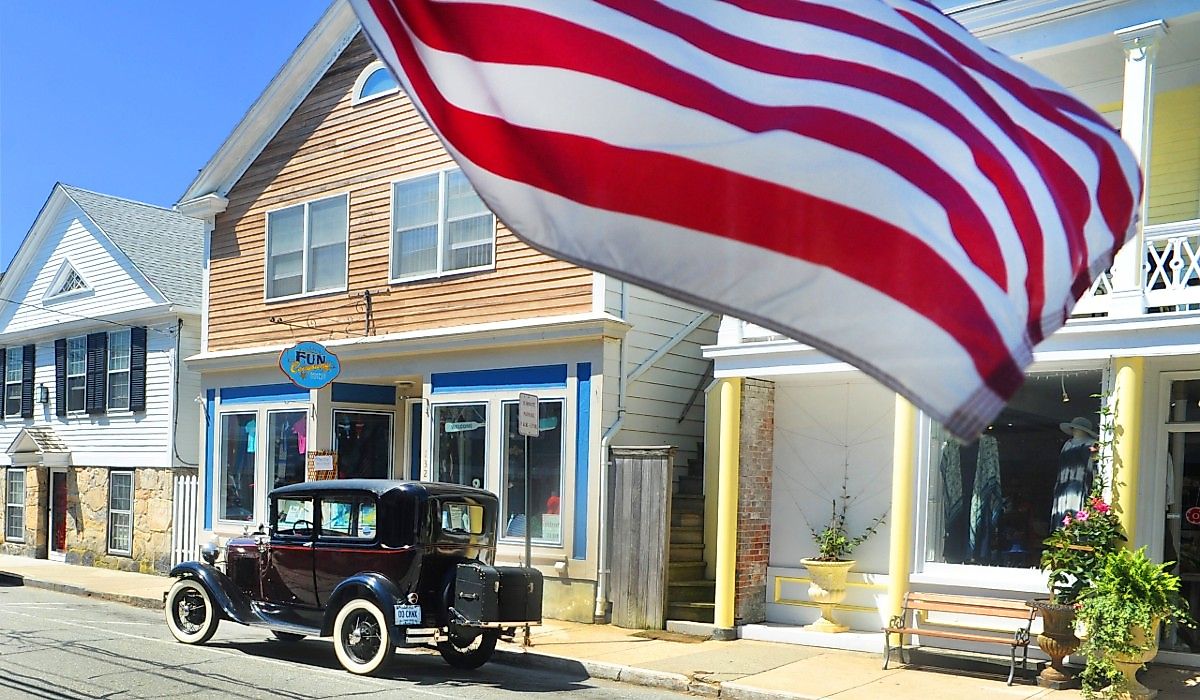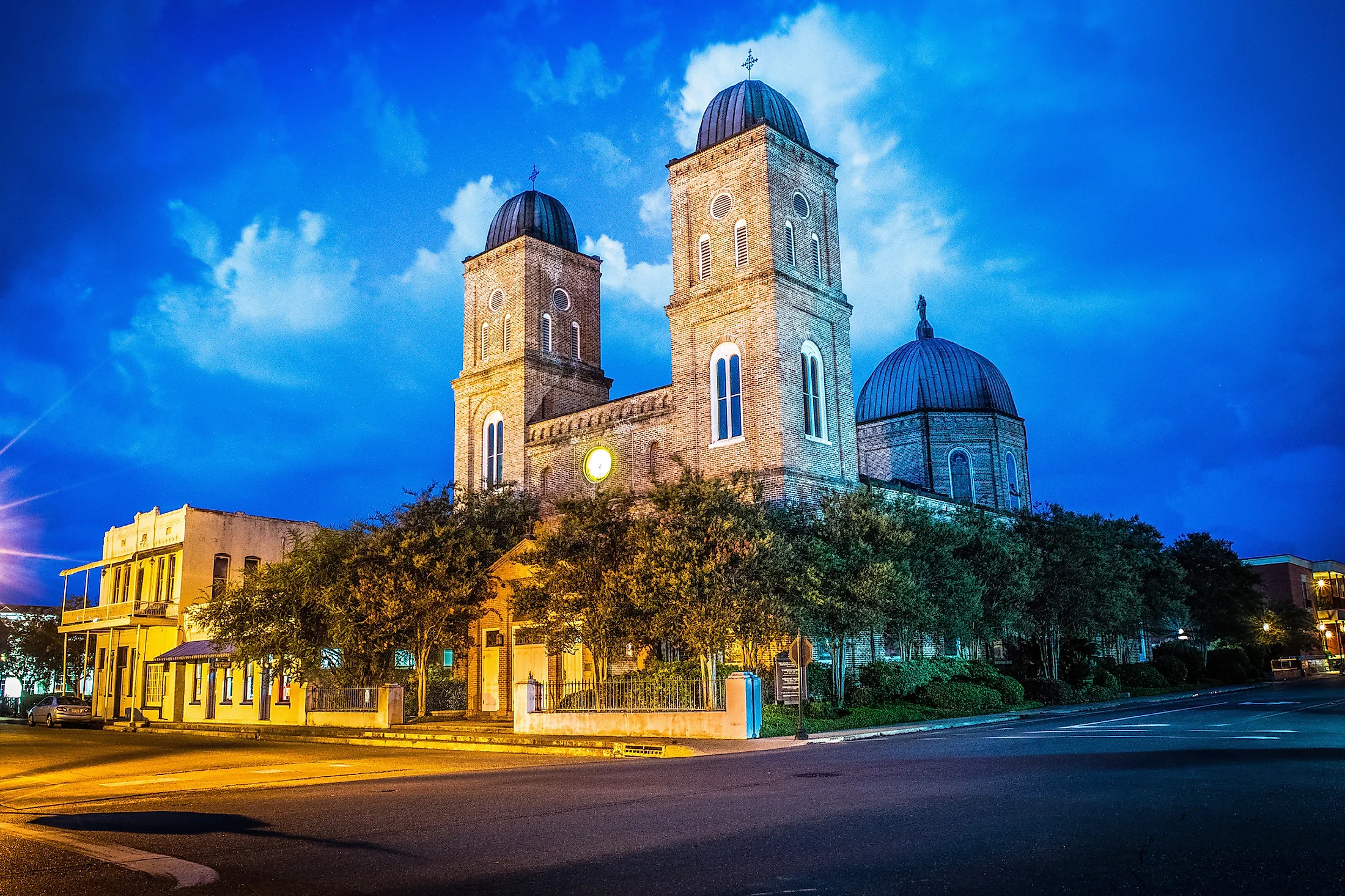
Natchitoches, Louisiana
Natchitoches (pronounced Nack-a-tish) is a town located in the southern US state of Louisiana. It is the oldest European settlement in the state, dating back to the late 17th century. For most of its history, Natchitoches was heavily dependent on the cotton trade. Plantations that are now historic landmarks were established near the town. By the late 20th century, however, agriculture in Natchitoches declined, and the town turned to tourism as a new economic mainstay, taking advantage of the town’s historical legacy; a legacy that includes representations of Louisiana’s distinct Creole culture, its French colonial heritage, and its African American heritage.
Geography Of Natchitoches
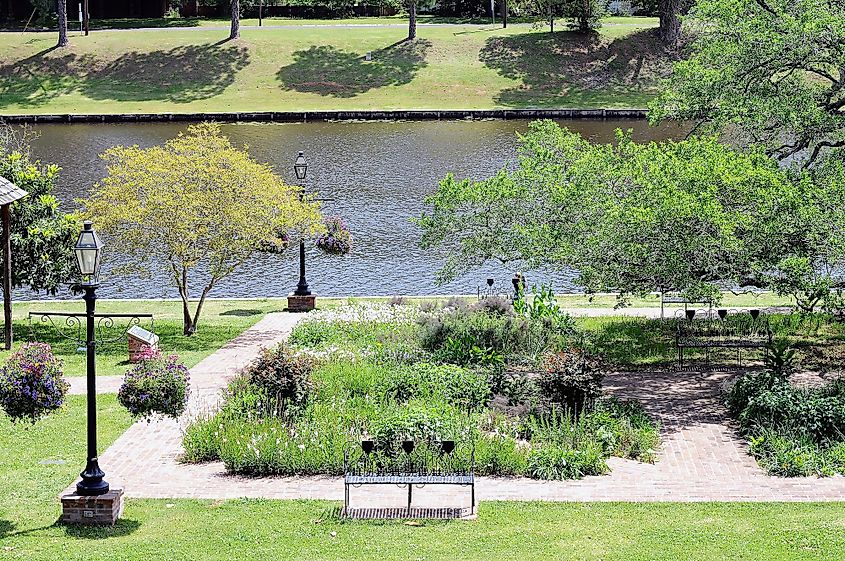
Natchitoches is located in Central Louisiana. The town is bisected by the Cane River Lake, which runs through the Natchitoches Historic District southward. The Old River also flows from the town’s historic district southward, and forms part of the town’s western limits, before turning eastward and bisecting the southern part of the town. Other bodies of water in Natchitoches include Breda Lake in the north of the town, a small portion of the Julien Bayou River in the central-east part of the town, and the largest body of water in Natchitoches, Sibley Lake, which is located in the town’s northwest.
To the east of Natchitoches are the small towns of Vienna Bend, Point Place, and Natchez. The Red River runs east of these towns. A portion of the Bayou Pierre River is located to the north of the town, as is the small town of Grand Ecore. To the west of Natchitoches are the towns of Provencal and Robeline. The small, unincorporated community of Flora is situated to the town’s south.
Population And Economy Of Natchitoches
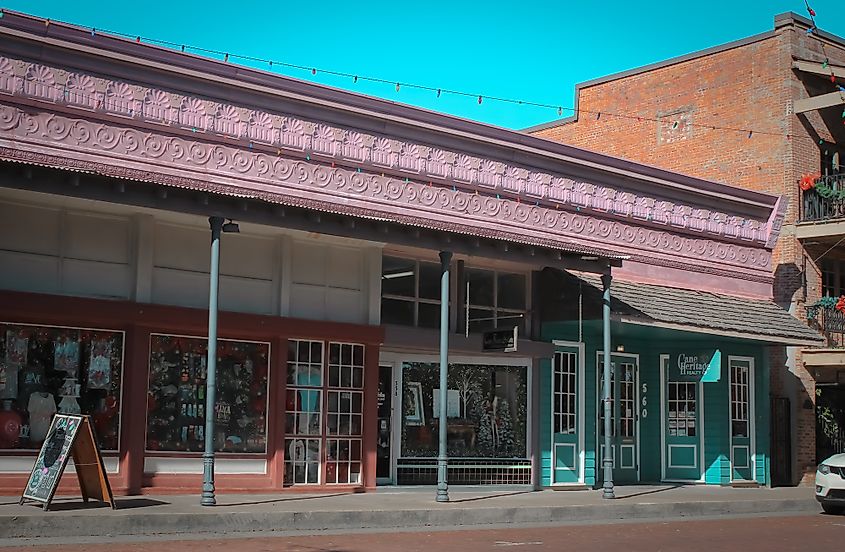
Nearly 17,000 people live in Natchitoches. More than half of the town’s residents, 57.45% are classified as African American. Whites make up 38.51% of the town’s population, and people of other racial backgrounds make up the rest. Despite the region’s French heritage, 96.4% of the people of Natchitoches speak only English, while Spanish is the town’s next most spoken language at 1.86%. More than 98% of people in Natchitoches were born in the United States, and nearly 76% were born in the town itself. The rest were born abroad.
Natchitoches is a town with a high incidence of poverty. The overall poverty rate in the town is 43.86%, and the average annual earnings in the town is just $30,698. The largest employment sectors in Natchitoches are manufacturing, educational services, and healthcare & social assistance, though the highest-paid sector of employment is professional, scientific, & technical services.
History Of Natchitoches
Before the arrival of Europeans, what is now Natchitoches was occupied by settlements belonging to the Native American Natchitoches and Yattases. It is the former of these two groups that gave the town its name. What became the town of Natchitoches was first settled by Spaniards in 1691. These original settlers, however, were forced out of the area by the French. What would become the present-day town of Natchitoches was founded in 1714 by French Canadian explorer and soldier, Louis Juchereau de Saint-Denis, who called it Fort St. Jean Baptiste.
Following the defeat of the French in the French-Indian/Seven Years War in 1763, Fort St. Jean Baptiste came under Spanish rule. The economy in Natchitoches was heavily dependent on cotton plantations, which were themselves dependent on African slaves. During this period of Spanish rule, a new culture combining elements of French, Caribbean, and African culture arose.
In 1800, France was again in control of the Louisiana Territory, but just three years later, the French sold the territory to the United States in the historic transaction known as the Louisiana Purchase. American settlers began migrating to Natchitoches shortly thereafter. By 1810, the Natchitoches parish had a population of 2,870. In 1839, Natchitoches was forever changed when a dam on the Red River was completed. This dam changed the course of the river, and the people of the town found themselves on the west bank of an oxbow lake, while the river itself had moved east.
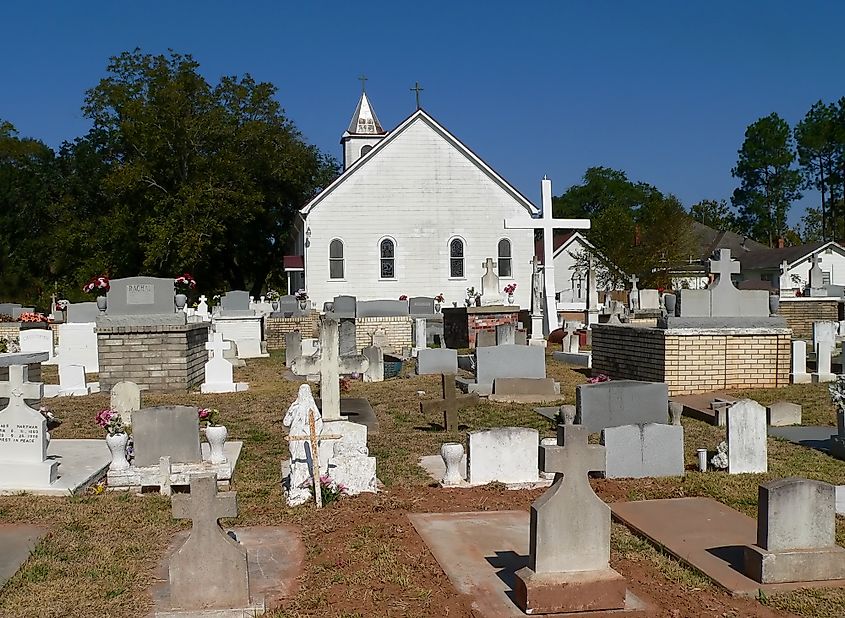
During the American Civil War, Natchitoches was nearly destroyed when Union troops set fire to it. The Confederates used the town to store large supplies of cotton. In fact, they burned cotton gins and store houses in the town to prevent them from being captured by Union forces. Thus, the Civil War took a heavy toll on the town of Natchitoches. During the post-Civil War period of American history known as the Reconstruction (1863-1877), the price of cotton was low, causing hardship to the people of the town and its vicinity. Nevertheless, the cotton plantation owners, as well as the freed slave population, remained.
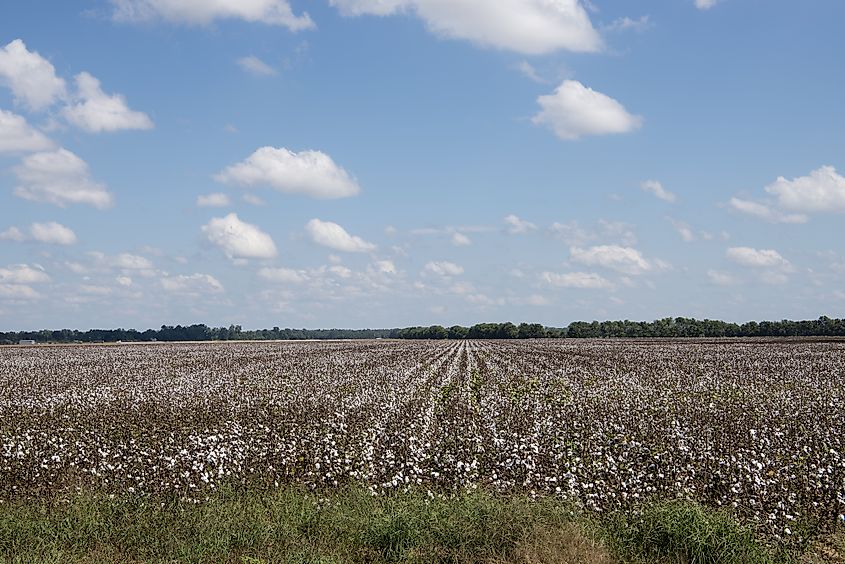
During the first half of the 20th century, the economy of Natchitoches was still heavily reliant on agriculture, though the agricultural population was declining. In addition, the mechanization of agriculture led to many people losing their jobs. By the 1970s, the town was in sharp decline. In order to reverse this decline, Natchitoches turned to tourism, taking advantage of the historical attractions in and around the town. By the end of the 20th century, Natchitoches’ historic downtown French colonial district was designated a National Historic District. The plantation country surrounding Natchitoches was also given special status for its historical importance. The growth of tourism in the town resulted in the opening of new businesses, especially bed and breakfast establishments.
Attractions In Natchitoches
Arguably, the most notable attraction in Natchitoches is its National Historic Landmark District, which consists of downtown Natchitoches and the adjacent neighborhood. This district spans 33 blocks, and contains more than 50 historic buildings dating back to the 1700s. Among the establishments in the Historic District is the Kaffie-Frederick General Mercantile Store, which is the oldest general store in Louisiana. It was founded in 1863, and has been run by the same family for three generations. The Louisiana Sports Hall of Fame is also located in the Natchitoches Historic District.
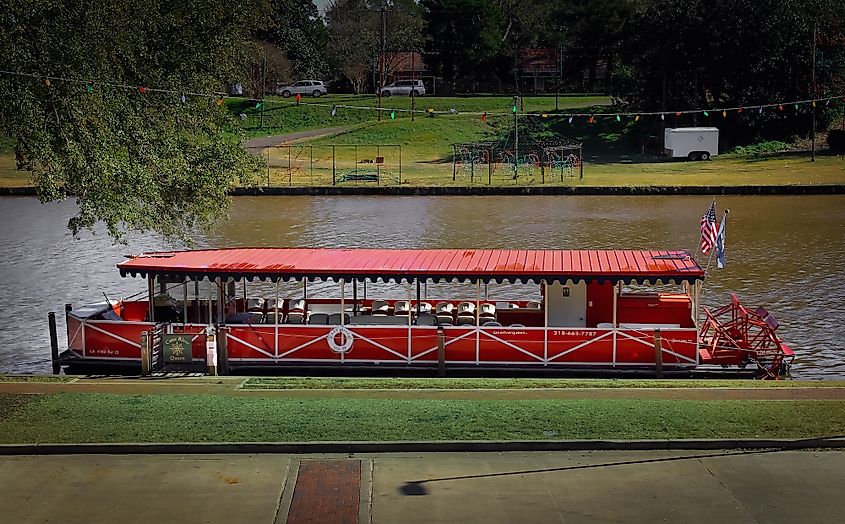
To the south of Natchitoches are the historic Oakland, Magnolia, and Melrose Plantations. The Oakland and Magnolia Plantations are located in the Cane River Creole National Park, which showcases the lives of Creole people from more than 150 years ago. The Melrose Plantation is a national historic landmark that is more than 200 years old. It is featured on the African-American Heritage Trail, which spans sites throughout Louisiana that are significant to African American history. Those looking for an outdoor adventure may want to check out the Natchitoches to Alexandria Bike Trail, or the Saline Bayou Paddle Trail.


